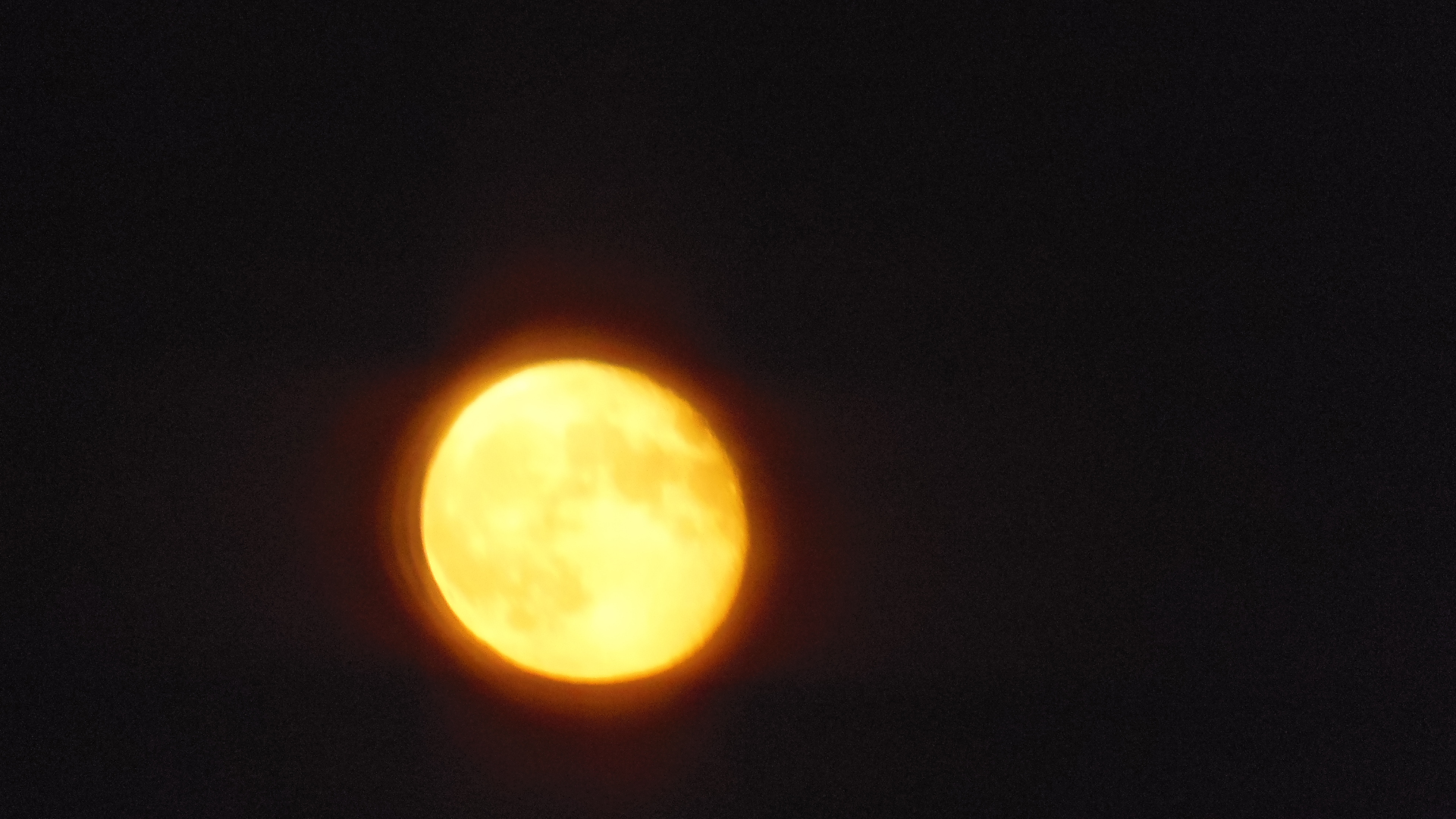BLADE RUNNER MAY WALK

A South African judge rules that Oscar Pistorius is guilty of culpable homicide, after freeing him from the more serious charge of premeditated murder.
Pistorius is the infamous double-amputee some rooted for in the London 2012 Olympics, who shot and killed his girlfriend Reeva Steenkamp through a bathroom door.
The prosecution said he killed her on purpose, while the defense said it was a mistake because Oscar thought she was an intruder.’



